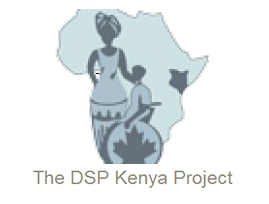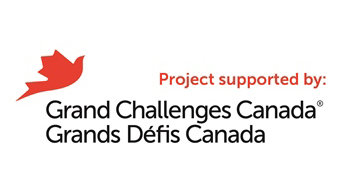4.3.4 – Vision
Children have immature visual systems, which makes them more vulnerable to the neuropathic effects of HIV. This vulnerability is present until the child is approximately eight years old and their visual system is more mature.
Few children will complain about visual loss, especially if the problem starts when they are very young. It is very important that all infected children are screened regularly for visual problems.
By the time they reach their early teens, children are likely to experience similar ocular problems to adults.
Potential causes of these impairments and rehabilitation interventions are shown in the table below.
Table 4.3.4: Clinical Aspects of Visual Impairments
| Impairments | Possible Etiologies | Rehabilitation Interventions |
|---|---|---|
| Infections | Cytomegalovirus Toxoplasmosis TB |
|
| “Cotton wool spot” | Microvascular infarct of nerve fibre leading to retinal oedema |
|
| Blindness/loss of vision | Retinal haemorrhage Retinal arterial/vascular occlusion Optic nerve atrophy |
|
| Strabismus | HIV |
|
| Peripheral retinopathy | Drug toxicity (ddI) |

 Previous Page
Previous Page




